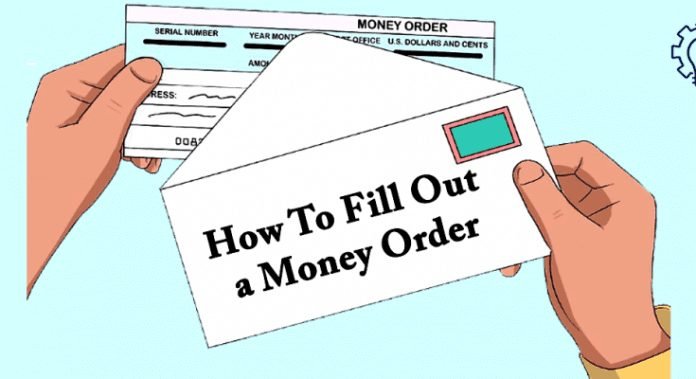Last Updated on March 12, 2024 by admin
In the world of accounting, especially in a company, money orders are one thing that is certain to be encountered so that employees are familiar. This money order has a fairly important use for a company or business that is already developing or already advanced. If you want to own a business or business you need to have some knowledge of this money order. For that, let’s look at a brief review of the following money orders and its terms that are notes payable and notes receivable.. Understand slowly and carefully.
Table of Contents
Overview of General Notes
A money order is a form of written promise relating to money from one party given to another party.
The written promise will record the date of payment of the amount that must be kept. Well, there are two terms of the money order, namely the notes payable and notes receivable.
For people who are not familiar with money orders, they will certainly be more confused to distinguish between the two drafts.
Of course, there are characteristics or characteristics of the two types of drafts so that they can be easily distinguished.
Types of Notes Payable
A note payable here is a form of debt securities made or issued by a company or entity with the aim that this note can be used to pay a trade debt that has or has matured.
Simply put, note debt is created by a company that has debt to another party. From here, a draft type of payment is also called a note payable.
Here is a written agreement with the aim of being used when paying debts to creditors with a certain amount and interest which is in accordance with the agreement that the two parties have reached.
Characteristics of Notes Payable
From the explanation or definition of notes payable above, it can be seen some of the characteristics that characterize the notes payable itself. However, there are still many who do not know how to fill out a money order successfully.
The following is a short review, understand it well.
1. Made From the Borrower’s Point of View
From the existing explanation it can be interpreted that this draft is made based on the perspective of the borrower or the party that has to make payments.
Here a draft will be one of the official signs or evidence for the lender to collect the debt that has been given to the borrower.
2. Increase on the Credit Side
In a note payable entry is added on the credit side. However, it should be noted that this money order may also enter on the debit side.
This difference can be seen at the time the note is issued.
These notes can be entered on the credit side at the time of issuance but will enter the debit side when a payment is made.
3. Notes Payable Including Liability
Notes payable are a type of obligation of the note issuer to make redemptions on other parties. This principle is in accordance with the definition of liability so that automatically this note is a liability.
If the company has notes debt, then this is one of the things that must be paid according to the agreement already made. achieved with the other party.
Types of Notes Receivable
Unlike the payable note, this note is a written statement which states a company’s debt that has not been paid by another party or another company.
Usually, a note is also known as a note receivable. These notes receivable can have interest or they can be interest free.
The presence or absence of this interest is seen from the decision of the company that provides the loan.
Generally, interest will be given if the amount or amount of loan issued is large enough and if it does not pay off it will be a loss to the company.
For the amount or interest value itself, usually see and adjust the amount of interest rates on banks that are tied to a transaction.
In contrast to a payment note, a bill of interest is a written agreement that is issued or made by the lender or the party who will receive payment from the borrower.
This note is the basis of evidence of the company’s receivables from the lender.
Apart from that, if you are interested to know more about Real Estate Tax then visit our Finance category.






















